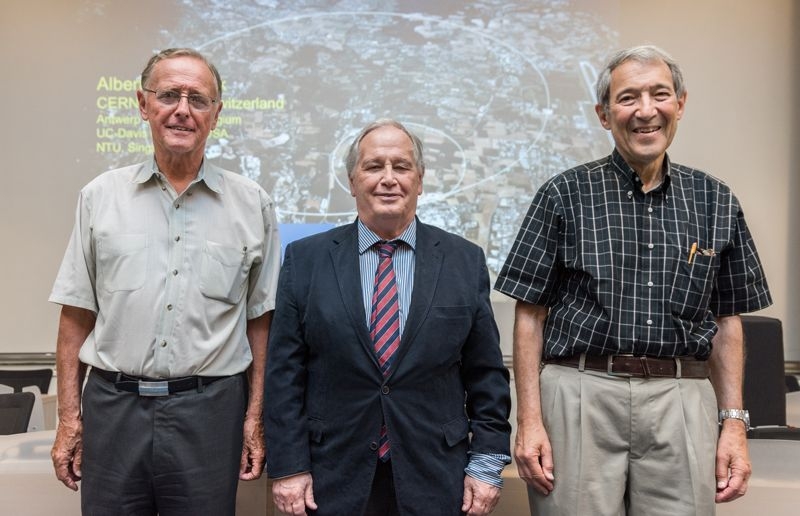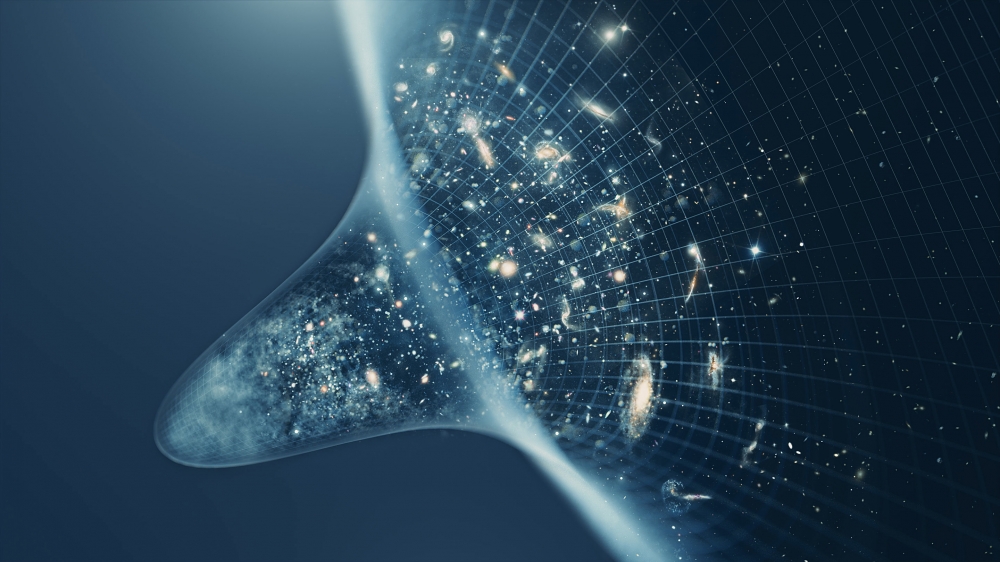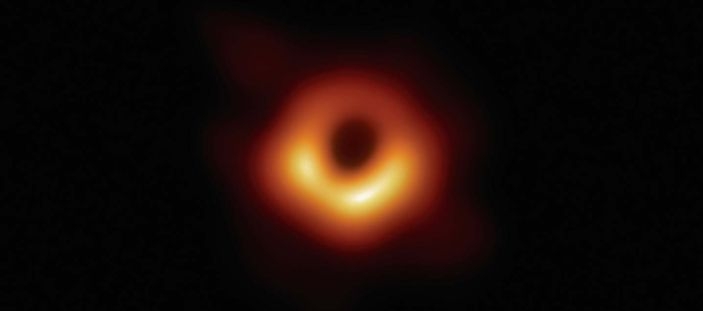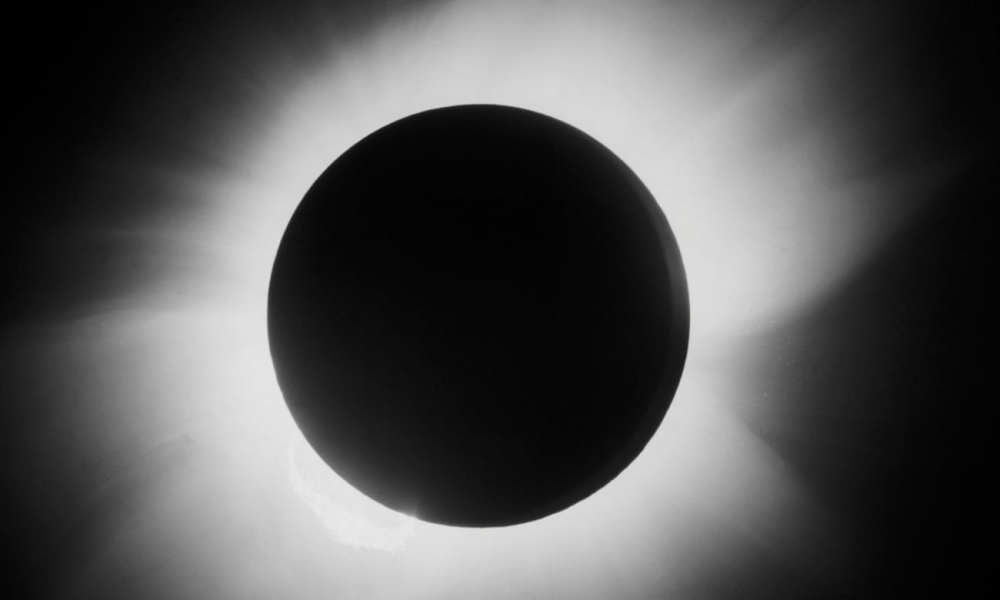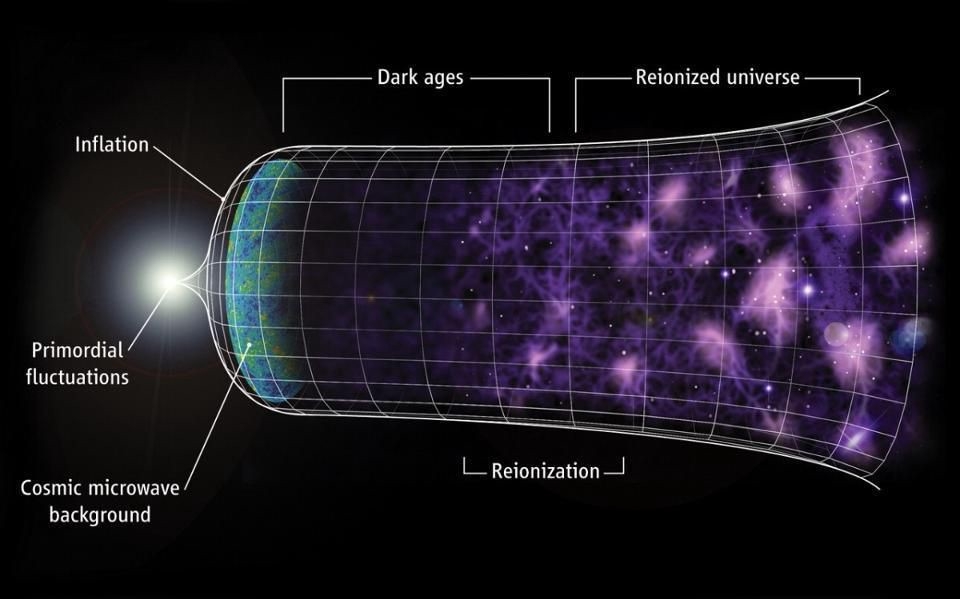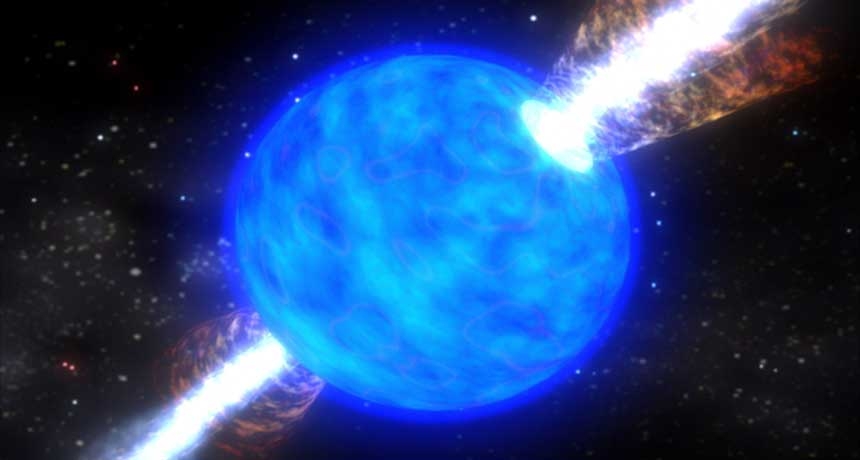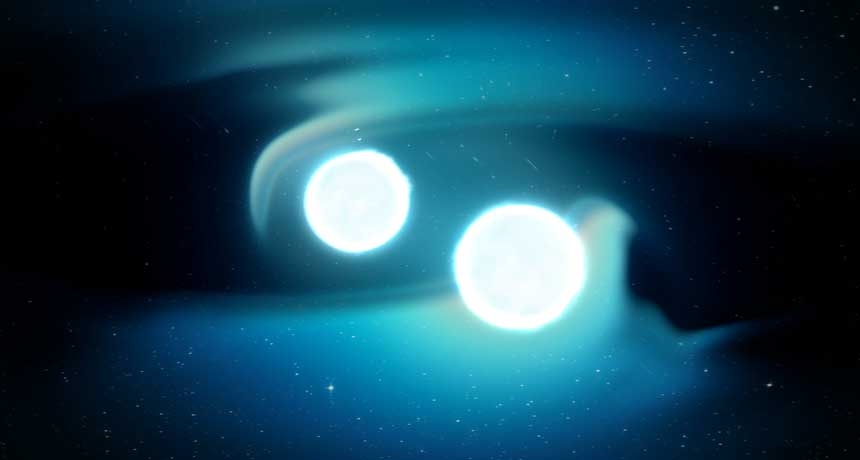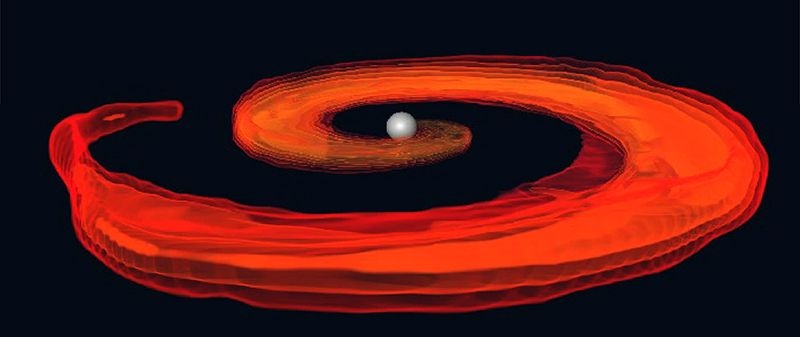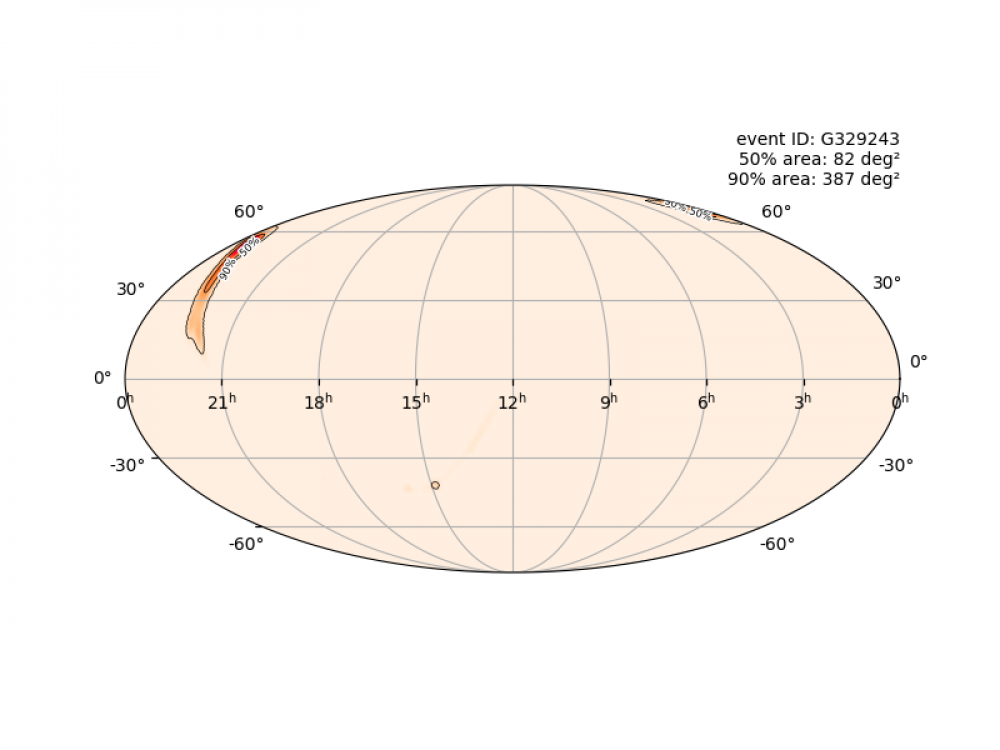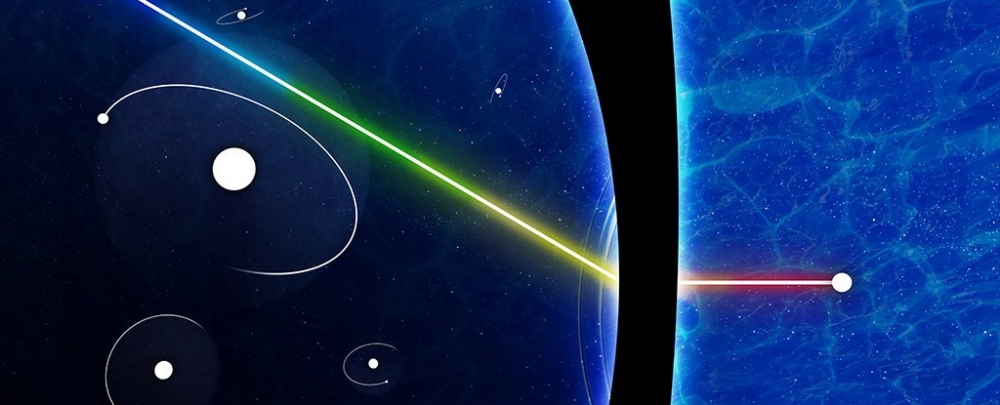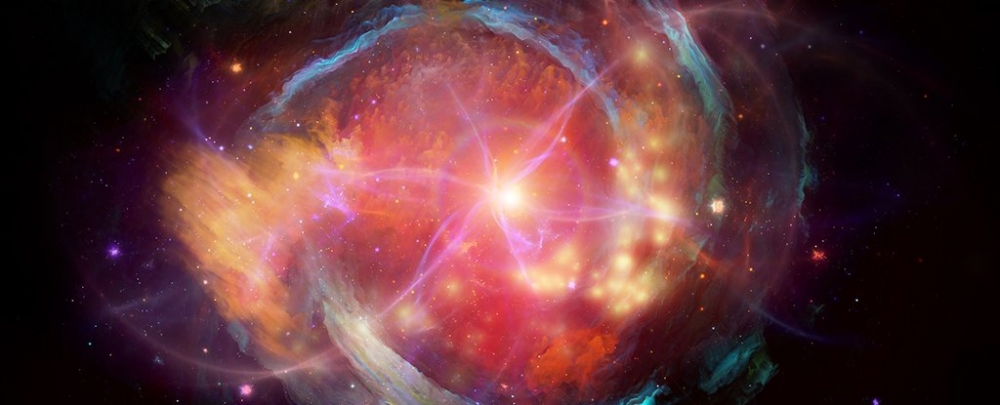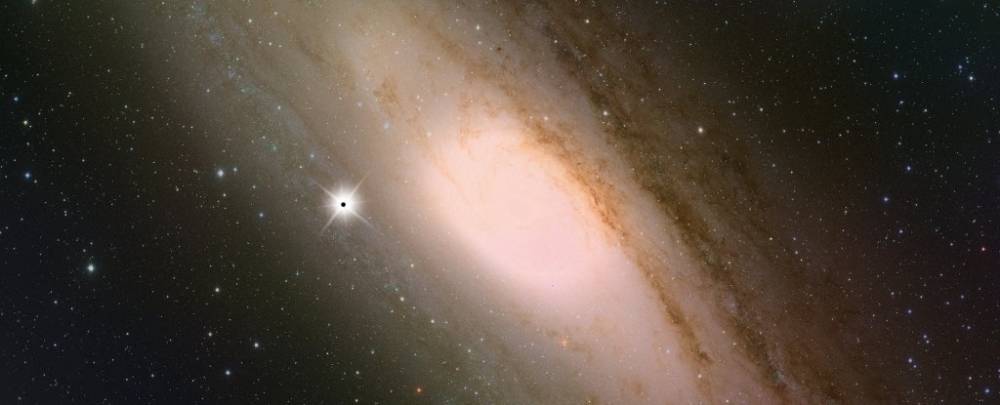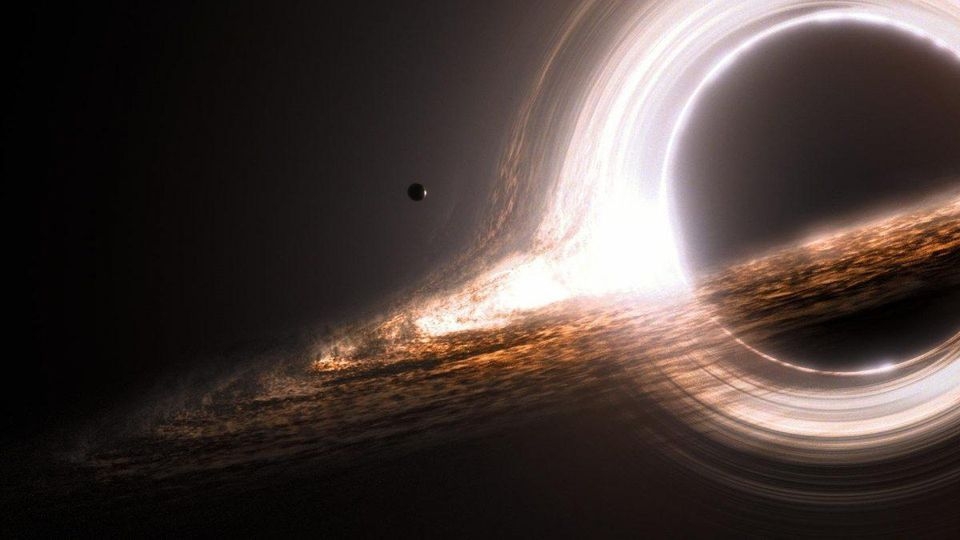Hubble Tension Headache: Clashing Measurements Make the Universe’s Expansion a Lingering Mystery
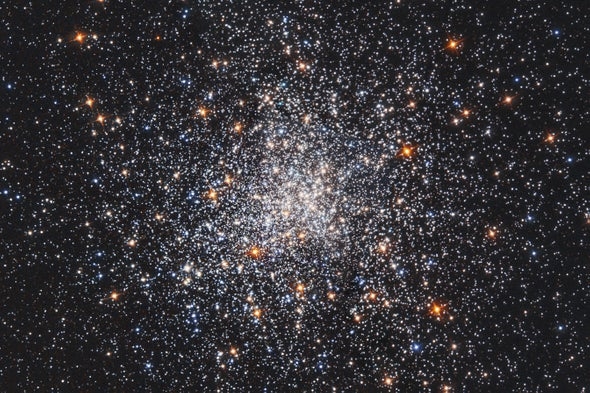
Red giant stars—such as those speckling the Messier 79 globular cluster in this Hubble Space Telescope image—are providing new constraints on the expansion rate of the universe. Credit: NASA, ESA, STScI, F. Ferraro University of Bologna and S. Djorgovski California Institute of Technology
Researchers hoped new data would resolve the most contentious question in cosmology. They were wrong
By Leila Sloman on July 29, 2019
How fast is the universe expanding?
One might assume scientists long ago settled this basic question, first explored nearly a century ago by Edwin Hubble. But right now the answer depends on who you ask. Cosmologists using the Planck satellite to study the cosmic microwave background—light from the “early” universe, only about 380,000 years after the big bang—have arrived at a high-precision value of the expansion rate, known as the Hubble constant (H0). Astronomers observing stars and galaxies closer to home—in the “late” universe—have also measured H0 with extreme precision. The two numbers, however, disagree. According to Planck, H0 should be about 67—shorthand for the universe expanding some 67 kilometers per second faster every 3.26 million light-years. The most influential measurements of the late universe, coming from a project called Supernova H0 for the Equation of State (SH0ES), peg the Hubble constant at about 74.
